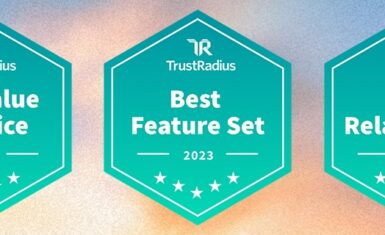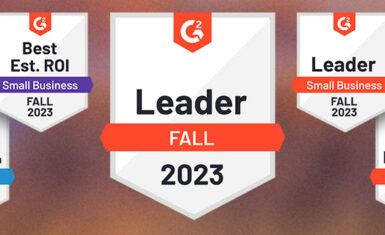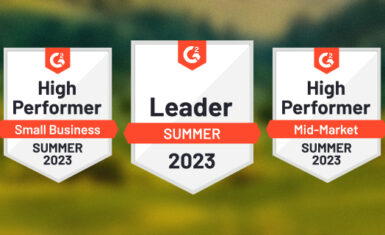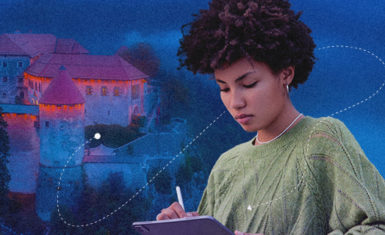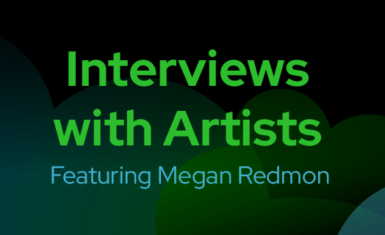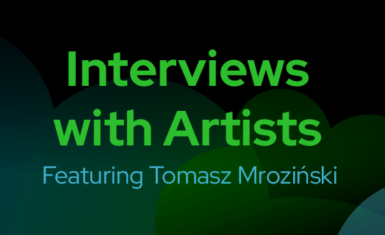With the dawn of Artificial Intelligence (AI), a new and perhaps intimidating tool has entered the creative arena – generative art. It’s understandable why artists may be skeptical, viewing this emerging technology as a potential threat to the sanctity and integrity of human-made art. However, we need to consider the value generative art can bring to the table – from expediting the creative process to offering a unique palette of inspiration.
Generative art: A new partner in creativity
Generative art, a form of digital art where the output is produced by a set of rules or algorithms often involving AI, is changing the creative landscape. But rather than viewing it as a competitor, it can be seen as a co-creator that enhances and augments the artist’s capabilities.
Generative art is not about replacing the artist; instead, it’s about giving artists the freedom to explore new avenues of creativity and realize their visions in unique ways. The AI, with its algorithmic brush, paints in broad strokes, setting the groundwork. The artist then takes over, adding their unique perspective, refining the output, and transforming it into a piece that speaks to the audience.
Streamlining the artistic process
One of the most compelling reasons to integrate AI into your artistic process is its capacity to streamline workflows. For digital artists who regularly work on complex projects involving numerous layers and intricate designs, the time-saving aspect of generative art is invaluable.
Generative AI can produce a plethora of variations in a matter of seconds, effectively making the process of creating initial drafts and mockups more efficient. This rapid generation allows artists to quickly explore different avenues, without having to invest countless hours in initial design phases. More time can then be devoted to refining the chosen piece, enhancing details, and adding personal touches.
Bridging the gap between art and technology
Generative art also allows artists to expand their horizons, bridging the gap between art and technology. Through the use of AI, artists can push the boundaries of traditional art, creating pieces that reflect our evolving digital society.
This does not mean that generative art will devalue traditional art or make human creativity obsolete. In fact, it can create a fascinating blend of the human and machine, resulting in art that is an amalgamation of calculated randomness and artistic direction. It is a partnership where the human provides the creative spark and the AI helps in executing that vision, bringing an entirely new aesthetic to the art world.
Cultivating a fresh perspective
Artists have a long history of leveraging new tools, from the advent of photography to the use of digital tablets. AI and generative art are simply the latest additions to the artist’s toolbox. By exploring and integrating these tools into their creative process, artists can stay ahead of the curve and inspire new directions in art.
The key lies in reframing the perspective – generative art is not a threat but an opportunity. It’s a new lens through which to view and shape the world, a lens that can help you expedite your creative process, explore uncharted artistic territories, and craft pieces that are unique, mesmerizing, and truly representative of this digital age.
Generative art is not here to take away your work but to empower you. Embrace this technological ally, and you may find yourself creating art that exceeds not only your expectations but also those of your audience. Remember, at the heart of every piece of generative art, there is always an artist – and that artist is you.

